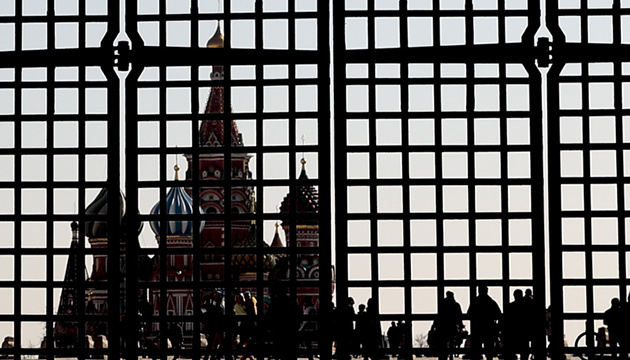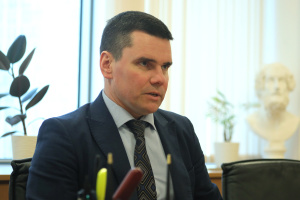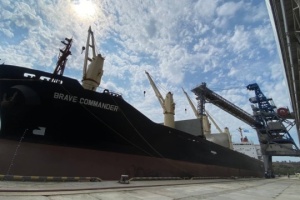
“Not easy” to seize Russia assets, says EU task force chief
That’s according to Anders Ahnlid, head of the EU task force on seizing Russian assets, Euractiv reports.
Europe plans to be “innovative” in this regard, he added.
“It is a challenge to find legal means that are acceptable,” Ahnlid said, a week after the EU working group’s first meeting.
Many Russian citizens targeted by sanctions have contested them in court. It is noted that in one high-profile case, the EU General Court in early March issued an interim order suspending part of the sanctions against Russian Formula One racing driver Nikita Mazepin. He is the son of the owner and chief executive of chemical products manufacturer Uralchem.
According to Ahnild, that “just shows that our European Union is a union built on the rule of law.”
Foreign asset seizure precedents are rare even at the global level, apart from Iraqi assets seized by the United States at the end of Saddam Hussein’s regime, Ahnlid said.
“Hopefully, we can achieve results during (Sweden’s EU) presidency” which ends in June, he said. “But these are complicated matters. There will be short-term and long-term aspects of what we’re doing.”
According to Euraactiv, Ahnlid, the director general of Sweden’s National Board of Trade, does have experience in this field. He previously worked on the sanction packages imposed on Moscow following its 2014 annexation of Crimea.
Legal experts make a distinction between private assets frozen by Western governments — an oligarch’s yacht, for example — and state property, such as the foreign currency reserves of Russia’s central bank. State assets are usually larger — Russia’s foreign currency reserves alone amount to almost $300 billion, according to the EU — and easier to seize legally. In the case of private assets, legal safeguards mean Western states can permanently seize them only in very limited circumstances — usually when they can be proven to be the proceeds of crime.
One option, Ahnlid explained, would be to not confiscate assets permanently, and only seize income or interest on the capital.
Meanwhile, the EU task force is still trying to identify the Russian assets, and hopes to have made progress on that by May.
“Which assets are we talking about and where are they? That picture is not yet quite as clear as it needs to be,” Ahnlid said.
Private assets are meanwhile often protected by dummy companies, making them more difficult to seize. But despite the difficulties, Ahnlid said “it is natural that this aggressor should pay and make up for the brutal destruction of Ukraine that is taking place.”
As Ukrinform reported, the Council of the European Union Legal Service informed the EU member states that the bloc has the legal authority to temporarily utilize at least EUR 33.8 billion worth of assets of the Russian central bank to finance Ukraine’s reconstruction.




